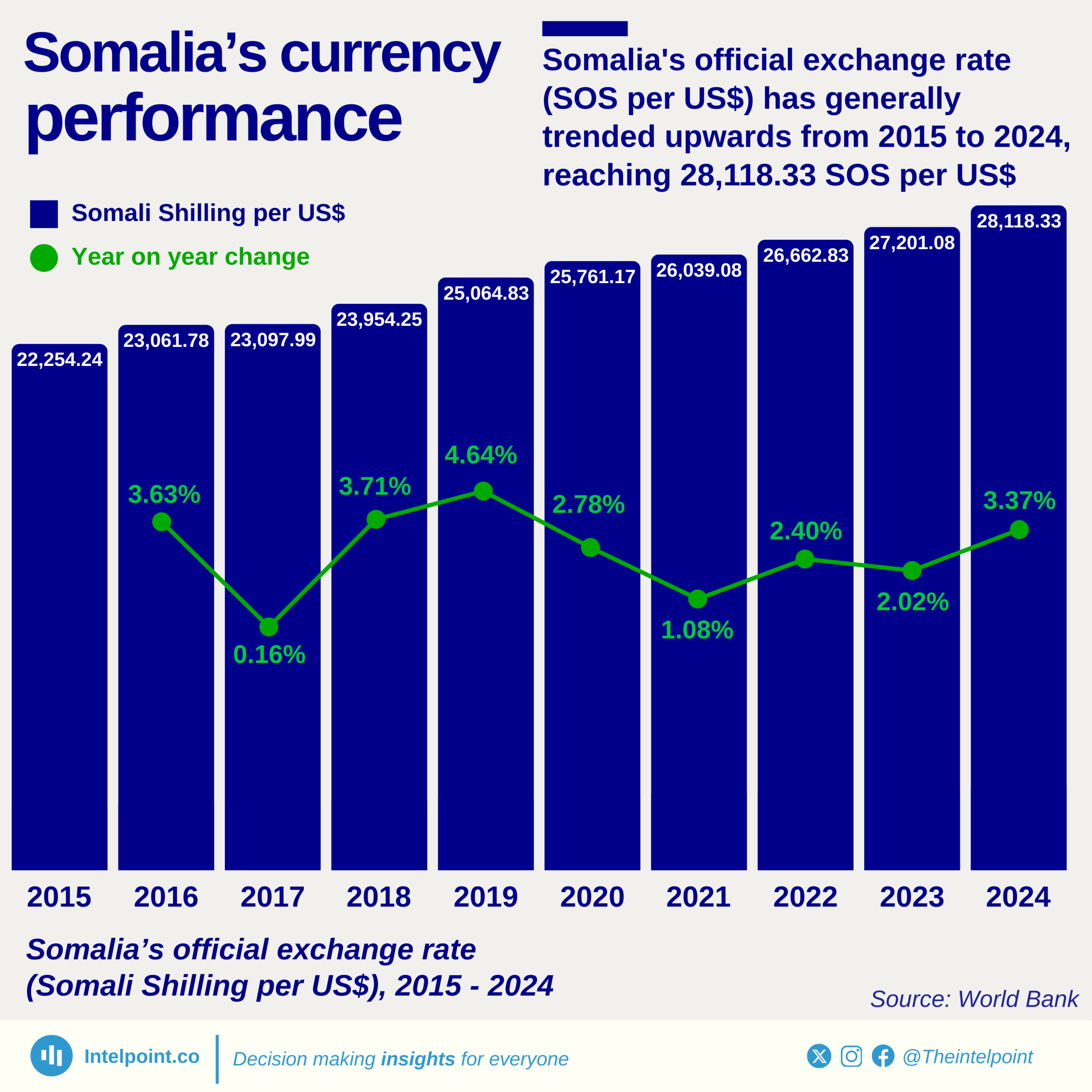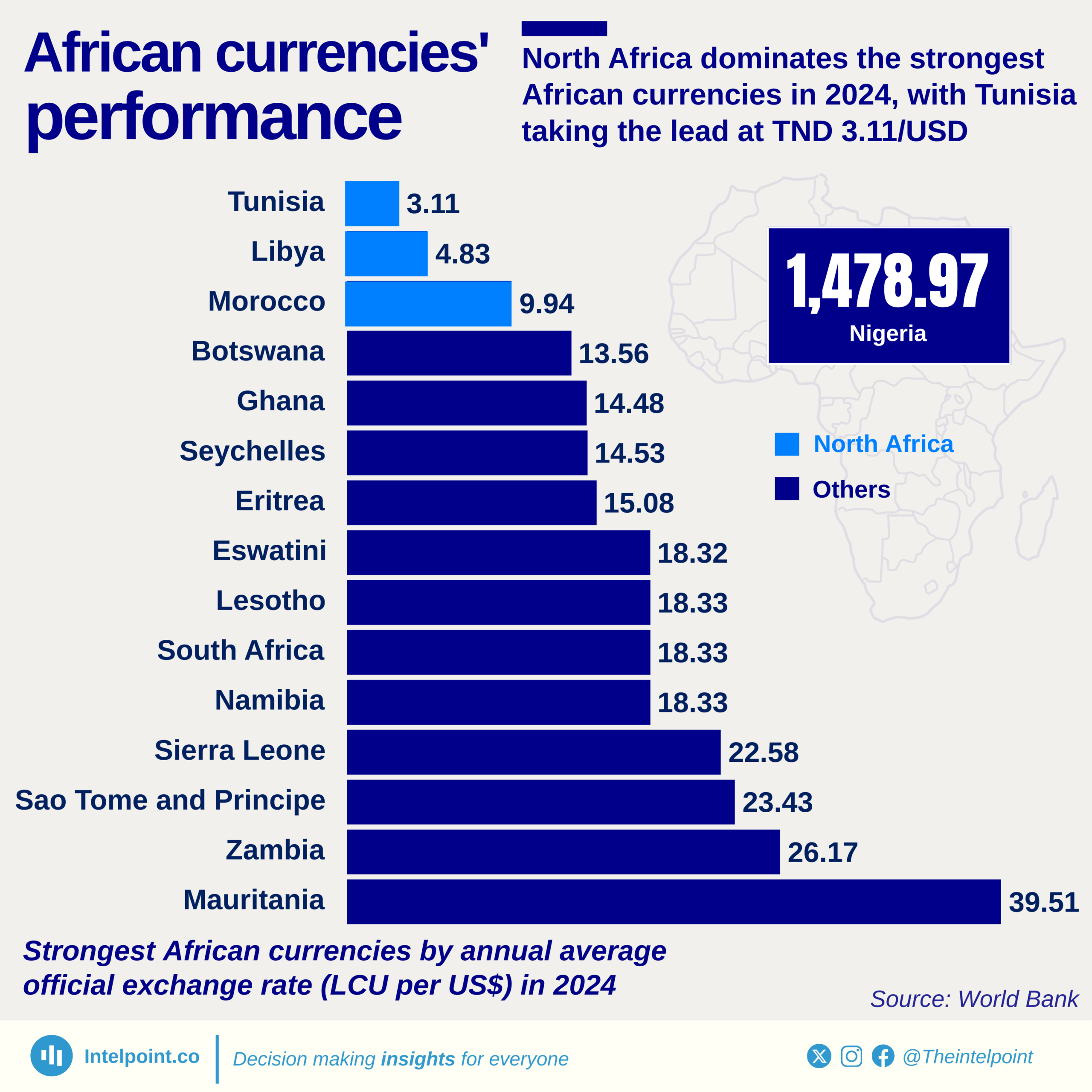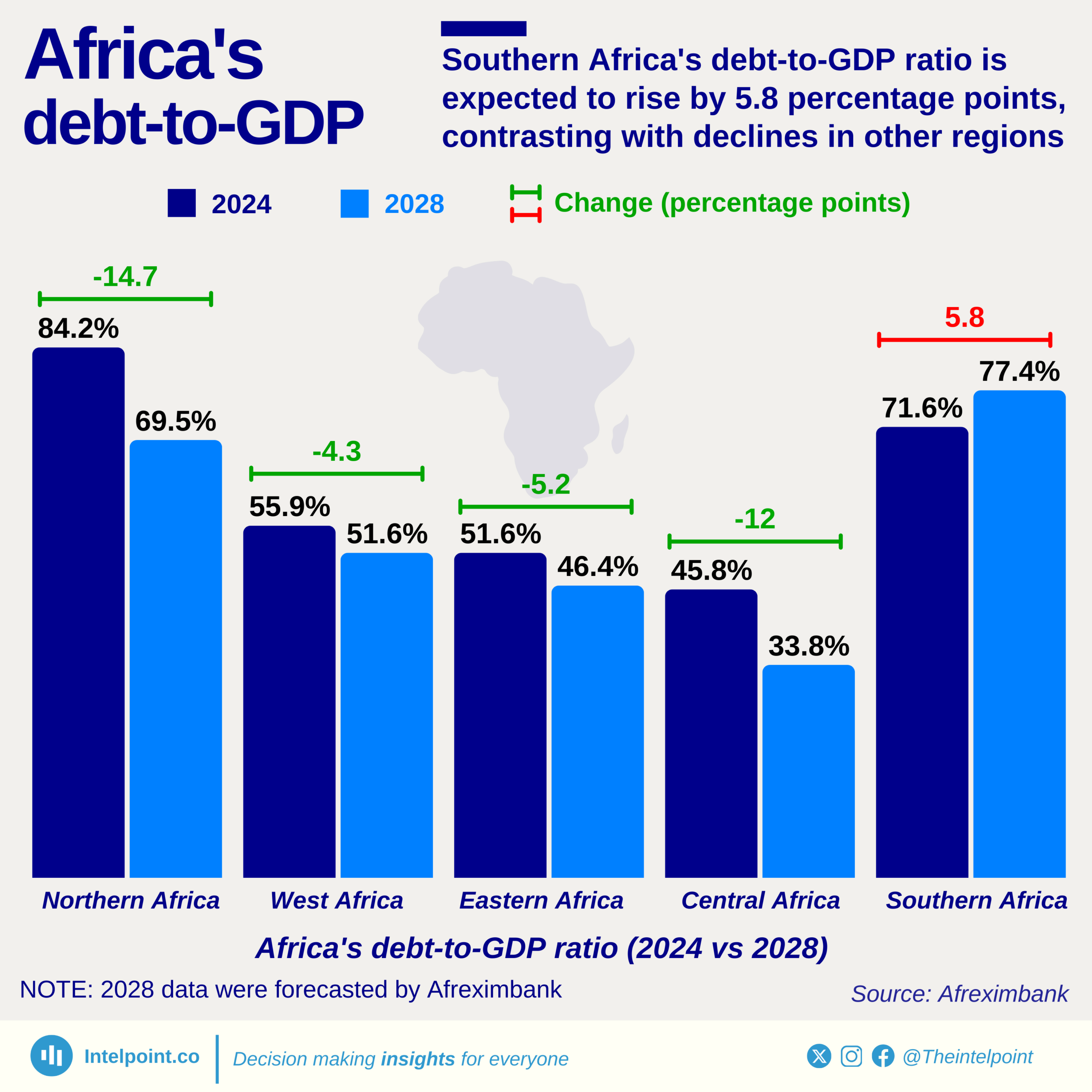When Olusegun Obasanjo took office in 1999, the exchange rate was ₦97 to $1; it was ₦128 under Yar'Adua in 2007. During Jonathan's tenure in 2010 it was ₦151 while it was ₦199 when Buhari was in office.
Despite efforts to let market forces decide the rate, the naira continues to weaken. Will the current administration turn things around soon?



